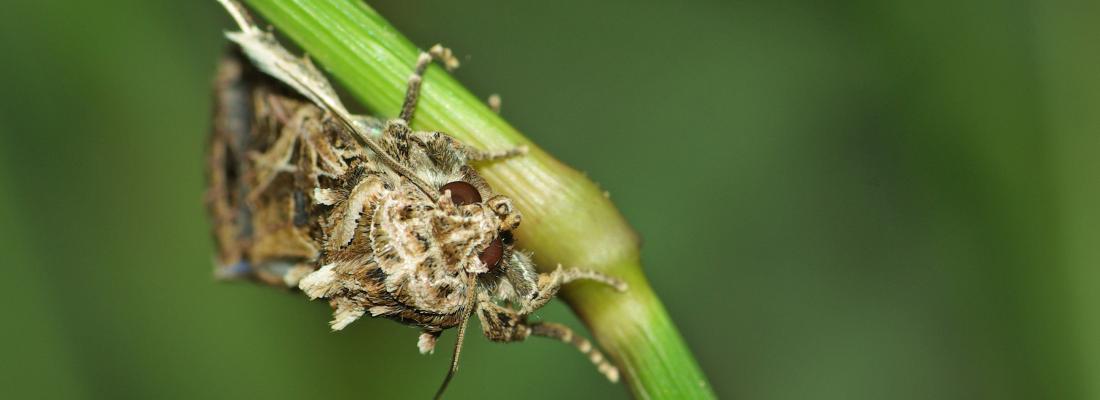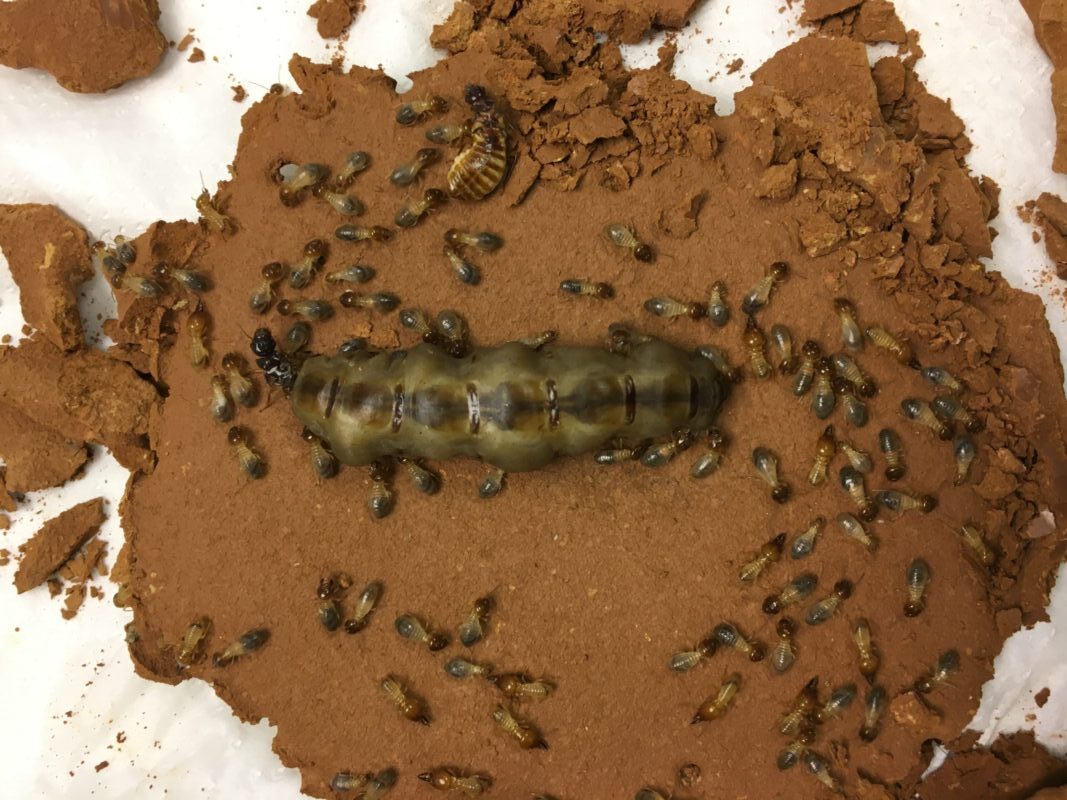To extract any adaptive benefit, the circadian clock needs to be synchronized to the 24-h day-night cycles. We have investigated if it is a general property of the brain’s circadian clock to recognize social interactions as external time givers. Sociosexual interactions with the opposite sex are universal, prevalent even in the lives of solitary animals. […]
Lire la suite / Read more





